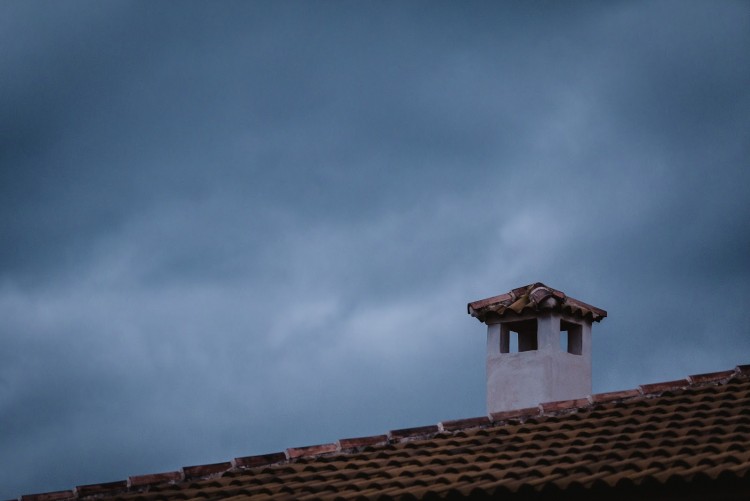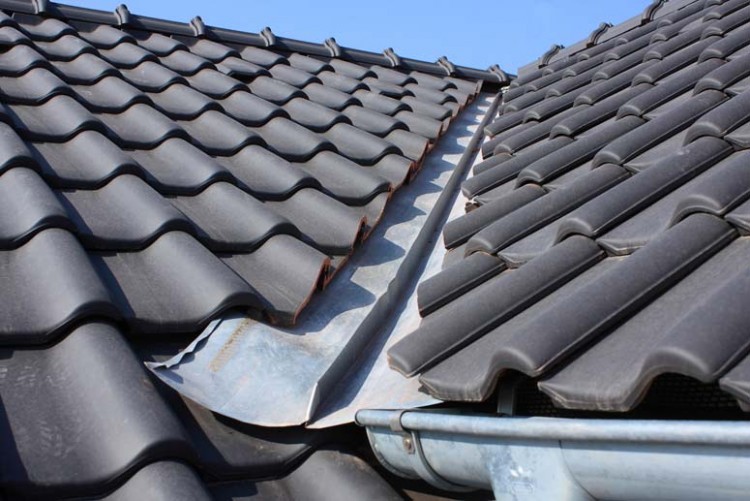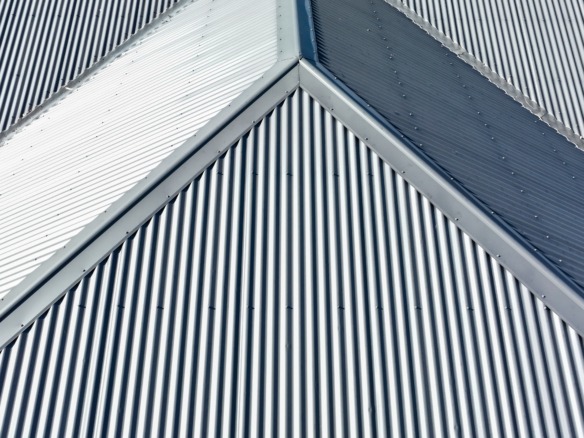
Hurricane and tornado season can be a nerve-wracking time for homeowners. You may not live in an area that is directly in the path of these types of violent storms, but that won’t necessarily keep you safe from occasional heavy winds and rain. Your roof is the one thing that can provide your home and family with the protection that you need during these storms.
The raging winds and torrential rains that often come with these storms can have a devastating effect on the roof of your home. Although most homes are built to withstand most of natures abuse, there are limits to every roofs construction. It is important after every major storm in any season, to carefully inspect your home for any type of damage or areas that are cause for potential concern.
Apart from obvious holes in your roof after a storm, you may not know where to look for potential damage to your roof. If you are uncertain what to look for or have no way to access your roof then don’t hesitate to call the professionals like Westchase Roofing Services to come and inspect your roof for any damage.
We have compiled a list of the basic things that you should look for after a storm that may indicate damage. In all cases, remember that your safety is first and if you have any doubts it is best to call in the pros.
Clear All Debris
Heavy storms can cause a lot of debris to be thrown around, and it is important to clear it all off of your roof as soon as it is safe. Do not attempt to clear anything during the storm or after if there is any threat of downed electrical lines. Once it is safe, make sure that all branches, leaves and debris are cleared from your roof. Do not wait too long to get this done. Debris left sitting can allow additional water to pool underneath causing issues with mold and mildew. It can also block or hide any damage that may be underneath needing attention.
Check All Of Your Fixtures
One of the most dangerous things about storms allowing water into your home is the risk of electrocution. It is a scary thought, but also an unfortunate reality. Any ceiling fixtures that you may have around your home including fans and lights should be checked for water collection or moisture. When your roof flashing is damaged during a storm, even small amounts of water can trickle into your home and collect in these fixtures.

The risk of an electrical fire, mold or even ceiling collapse can be avoided by carefully checking these areas for leaks.
Head To The Attic
The best place to spot leaks caused by roof damage is up in your attic. Take a powerful flashlight and head up to look for any damage. Even the smallest of leaks, drips or moisture can indicate a problem that can lead to further damage. If you can see any light coming through the roof or feel a breeze you likely have a breach in the roof. Make sure to check your insulation thoroughly to spot any water lurking in the corners and cracks.
Get On The Roof
Once things are safe it’s time to get up on the roof to check things out. You will want to inspect all of your shingles for pulled nails, cracking or splitting or if they have been blown off altogether. Inspect all of your eaves for any damage and make certain that they are all resecured tightly. Areas around your chimney and skylights should be carefully monitored for any leaks or cracks that can potentially cause more damage down the line.
Continuous Monitoring
Storms can cause all kinds of damage but some of it may stay fairly hidden for awhile. Even the most detailed inspections can fail to unearth all of the issues. For a few weeks following the storm, it is important to continually monitor your roof for damage and leaks. Keep an eye on your fixtures as well as it may take time for any collected water to make its way into these areas.



